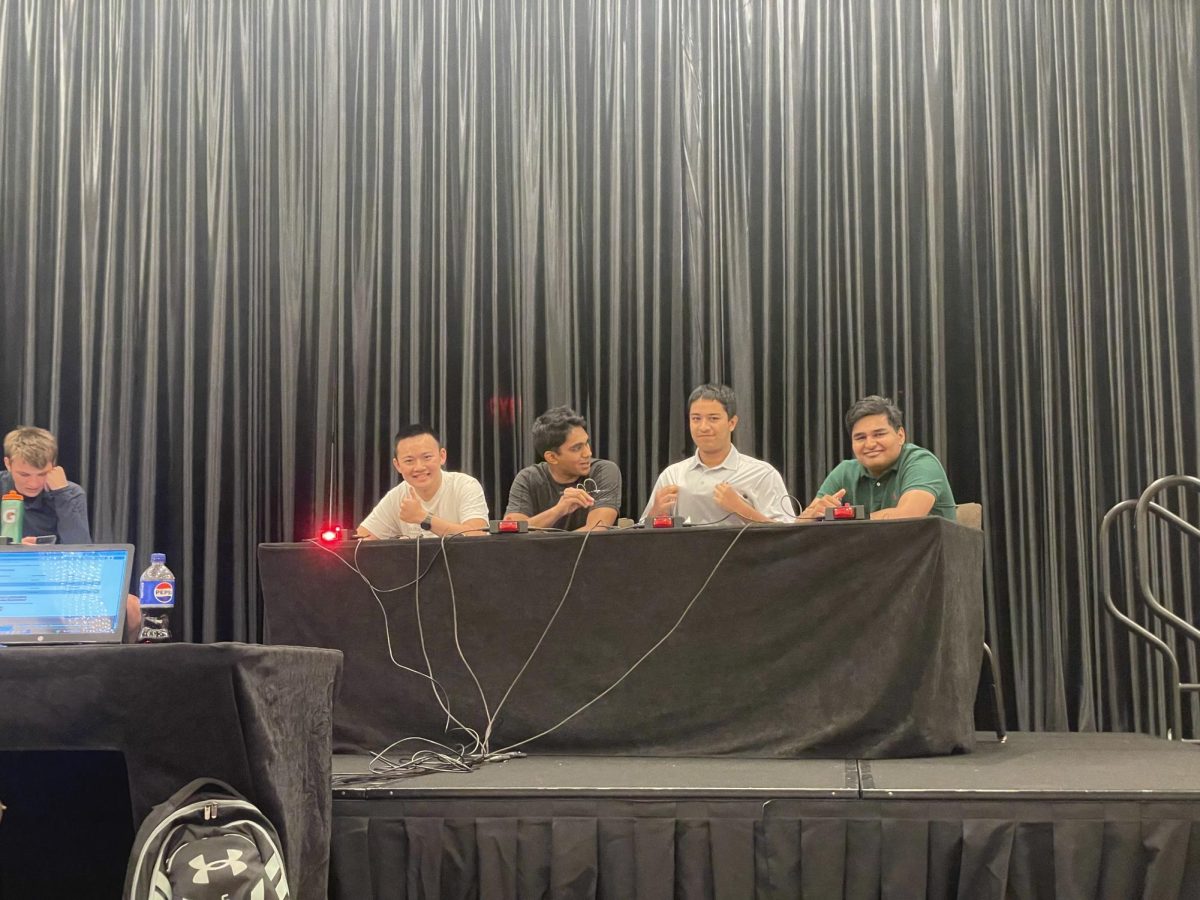During this year’s Club Rush, the quad was more packed than ever. Students tripped over each other in an effort to visit as many tables as they could, learning more information about them and collecting various treats each offered.
There are nearly 80 clubs on the ASB roster, including 10 new ones established this year. With so many clubs, each having around four officers, it feels as if everyone is either a club officer or planning to become one.
Clubs are an important part of the school, but joining or founding them has become a norm for students looking to bolster their chances at acceptance to a great college. This culture needs to change.
By increasing the uniqueness of the clubs present, ensuring that a club covers unique topics throughout the year and enforcing the productivity of their meetings, ASB can improve the club experience for students at Saratoga High.
There is far too much overlap between some clubs and already existing organizations with similar goals, such as the Parli Debate Club and the Speech and Debate team, or the Environmental Action Club and the Green Committee, leading to an oversaturation of options and clubs present on campus.
One method to help reduce this overlap is by requiring all clubs to submit a list of topics that will be covered during club meetings throughout the year. Newly applying clubs already have to distinguish their club from others during interviews with ASB; however, making clubs list what they will cover through the year is a solid way of ensuring proper differentiation. This will help ensure an enriching experience for everyone involved.
Club meetings, the most crucial portion of what a club is supposed to do at school, are also sometimes neglected by both clubs and ASB. Student attendance at the majority of clubs often end up being only the officers and a couple of dedicated members.
A productive meeting should include some sort of lesson or activity relating to the subject of the club and also highlight important upcoming events so that members can look forward to their future plans. There needs to be a greater focus on these meetings and how they actively benefit the student body.
While it is difficult for ASB members to attend meetings of all the clubs around campus, the monthly meeting minute requirements could be revised to require more detail about specific topics discussed or activities held during meetings.
Clubs should also explain to ASB how their meetings relate back to their mission and how they are different from past meetings. By doing so, a greater emphasis is put on having quality club meetings. Simply having watery meetings that discuss upcoming events that the club plans to host is not enough.
Great examples of clubs that successfully differentiate include the CS club and Girls Who Code club, which, although similar in nature, discuss topics that rarely overlap. While the CS club teaches its members about interesting developments and niches for exploration within the field of computer programming, the Girls Who Code club is centralized around promoting women to join the field.
Furthermore, their meetings present topics related to their clubs in an engaging and educational way. However, there are many clubs whose meetings are simply checklist items to meet ASB requirements, and their meetings lack substance.
Ideally, clubs should be a means for a large number of students to collaborate and share an interest in something majorly not pursuable outside of a group and school environment. The ASB policy should reflect this, and by reducing the overlap between clubs and ensuring that each meeting is unique and productive, they can achieve it.




























